Electric bike classes are regulatory categories that define how an e-bike operates, its speed limits, and where it can legally be ridden. The three main electric bike classes-Class 1, Class 2, and Class 3-help riders, manufacturers, and lawmakers distinguish between pedal-assist, throttle, and high-speed e-bikes. Understanding electric bike classes ensures you choose the right e-bike for your needs, comply with local laws, and enjoy safe, efficient rides. TST EBike offers models across all electric bike classes, built for performance, compliance, and reliability. How Do Lightweight Bikes Improve Daily Commuting Efficiency?
What Are the Three Main Electric Bike Classes and How Do They Differ?
Class 1 e-bikes use pedal assist only, up to 20 mph. Class 2 includes throttle and pedal assist, also capped at 20 mph. Class 3 offers pedal assist up to 28 mph, no throttle. The classes differ in speed, control, and motor engagement methods.
Electric bike classes are defined by their motor operation, speed limits, and throttle capabilities. Here’s a breakdown:
Comparison of Electric Bike Classes
| Class | Assist Type | Max Speed | Throttle | Typical Use |
|---|---|---|---|---|
| Class 1 | Pedal-assist only | 20 mph | No | Bike paths, trails, roads |
| Class 2 | Pedal-assist/throttle | 20 mph | Yes | Roads, some bike paths |
| Class 3 | Pedal-assist only | 28 mph | Sometimes | Roads, bike lanes |
Class 1 Electric Bike: Pedal-assist only, motor cuts off at 20 mph. No throttle. Allowed on most bike paths and multi-use trails.
Class 2 Electric Bike: Pedal-assist and throttle, motor assistance up to 20 mph. Throttle allows riding without pedaling. Permitted on many bike paths and roads.
Class 3 Electric Bike: Pedal-assist only, motor assistance up to 28 mph. Sometimes includes a throttle, but throttle use is limited to 20 mph. Restricted to roads and bike lanes; not allowed on most multi-use trails.
How Do Electric Bike Classes Affect Where You Can Ride?
Electric bike classes determine access to bike paths, trails, and roads. Class 1 electric bike models are the most universally accepted, often allowed anywhere traditional bikes go. Class 2 electric bike models are usually permitted on roads and many bike paths, but some trails restrict throttle use. Class 3 electric bike models, with their higher speeds, are typically limited to roads and designated bike lanes, and may be subject to minimum age and helmet requirements.
Where Can You Ride Each Electric Bike Class?
| Class | Bike Paths | Multi-Use Trails | Roads/Bike Lanes | Sidewalks |
|---|---|---|---|---|
| Class 1 | Yes | Yes | Yes | Varies |
| Class 2 | Yes/Varies | Sometimes | Yes | Varies |
| Class 3 | No | No | Yes | No |
Always check local regulations, as rules for electric bike classes may vary by city or state.
What Are the Legal and Safety Implications of Each Electric Bike Class?
Electric bike classes are regulated to ensure rider safety and responsible use. Class 1 and Class 2 electric bikes generally require no special license or insurance and are open to riders as young as 16. Class 3 electric bikes, due to their higher speeds, may have stricter regulations, such as minimum age (often 17 or 18), mandatory helmet use, and restrictions on where they can be ridden. All electric bike classes are limited to motors of 750W (1 horsepower) or less in the U.S.
Legal and Safety Requirements by Class
| Class | Age Limit | Helmet Required | License Needed | Insurance Needed |
|---|---|---|---|---|
| Class 1 | 16+ | Sometimes | No | No |
| Class 2 | 16+ | Sometimes | No | No |
| Class 3 | 17+/18+ | Yes | No | No |
Which TST EBike Models Cover the Electric Bike Classes?
TST EBike designs high-power, cost-effective electric bikes that comply with all electric bike classes. Their 26-inch models are ideal for rough terrains like snow and sand, often configured as Class 2 or Class 3 electric bikes with both pedal-assist and throttle. The 27-inch models are optimized for daily commuting and mountain biking, available as Class 1 or Class 3 electric bikes for higher speed and efficient urban travel.
TST EBike’s commitment to quality control and consumer feedback ensures each electric bike class is represented with robust, reliable, and legal models.
How Do You Choose the Right Electric Bike Class for Your Needs?
Choose an electric bike class based on your riding goals. For bike paths and casual riding, Class 1 is ideal. Want throttle control? Go with Class 2. Need higher speed for commuting? Pick Class 3. TST Ebike offers options tailored to all three.
- Commuters: Class 3 electric bike models offer higher speeds for efficient road travel.
- Trail Riders: Class 1 electric bike models are best for access to multi-use paths and trails.
- Urban Riders: Class 2 electric bike models provide throttle convenience for stop-and-go city riding.
- All-Terrain: TST EBike’s 26-inch Class 2/3 models are built for versatility on snow, sand, and rough ground.
Consider your typical routes, local regulations, and preferred riding style when selecting an electric bike class.
What Are the Pros and Cons of Each Electric Bike Class?
Class 1 is widely accepted and safe but lacks throttle. Class 2 adds throttle for ease, but may be restricted. Class 3 offers speed and power, ideal for commuters, but faces more regulation. Each electric bike class suits different rider priorities and terrains.
Advantages and Disadvantages of Electric Bike Classes
| Class | Pros | Cons |
|---|---|---|
| Class 1 | Widest access, safe, efficient, legal on most paths | Lower top speed, no throttle |
| Class 2 | Throttle for ease, good for cargo/hills | Some path restrictions, battery drains faster |
| Class 3 | Fastest, ideal for commuting, keeps up with traffic | More regulations, limited trail access |
Buying Tips
- Always verify which electric bike class is permitted on your local trails and roads.
- Choose a TST EBike model that matches your speed and terrain needs.
- For maximum flexibility, select a model that can switch between electric bike classes (some allow speed/throttle limiting).
- Prioritize safety: wear a helmet, follow traffic laws, and check your bike’s compliance with local electric bike class rules.
- Consider age and experience-higher classes may require more skill and caution.
TST EBike Expert Views
“TST EBike’s approach to electric bike classes is rooted in real-world cycling needs and legal compliance,” says a TST EBike specialist. “Our lineup spans all electric bike classes, ensuring every rider-from urban commuters to off-road adventurers-finds a model that’s powerful, safe, and perfectly suited to their lifestyle. We believe understanding electric bike classes is essential for responsible, enjoyable e-biking.”
FAQ
What are the main electric bike classes?
Class 1 (pedal-assist, 20 mph), Class 2 (pedal-assist/throttle, 20 mph), and Class 3 (pedal-assist, 28 mph).
Can I ride a Class 3 electric bike on trails?
Usually not-Class 3 electric bikes are restricted to roads and bike lanes in most areas.
Do all electric bike classes require a license?
No, none of the three main electric bike classes require a driver’s license or insurance in the U.S.
Which TST EBike class is best for rough terrain?
TST EBike’s 26-inch Class 2/3 models are ideal for snow, sand, and rugged trails.
Why do electric bike classes matter?
They determine where you can ride, legal requirements, and the features your e-bike will have.

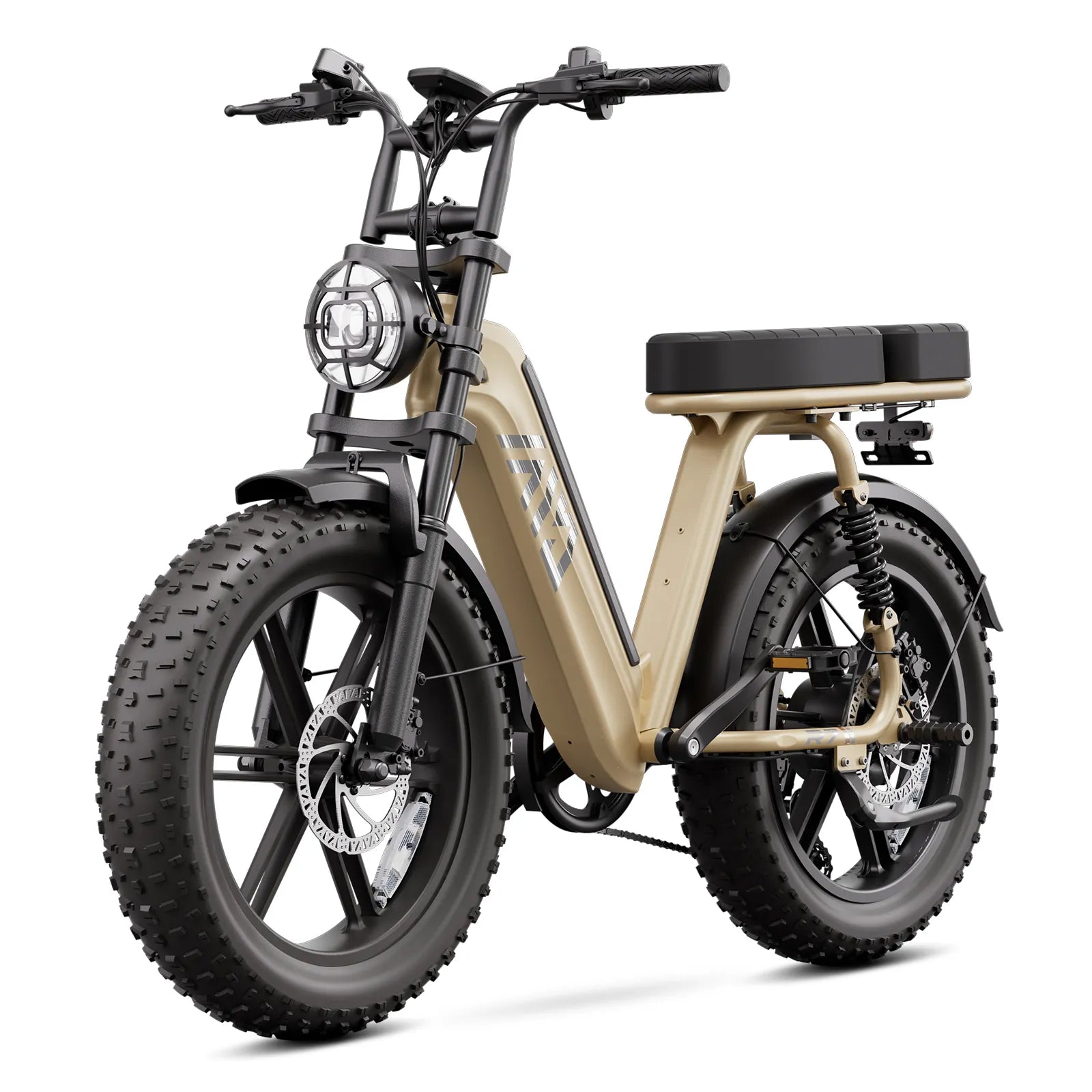
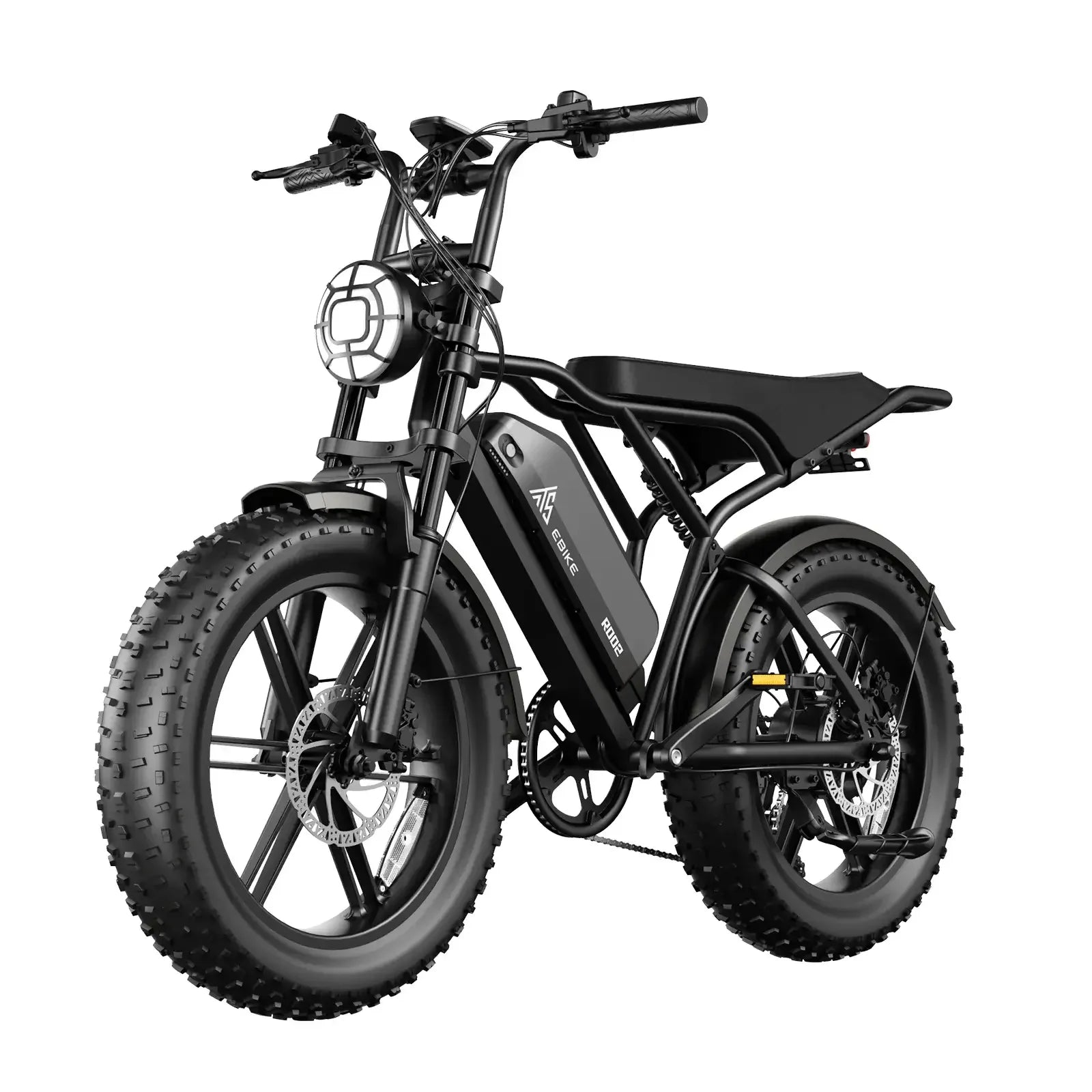
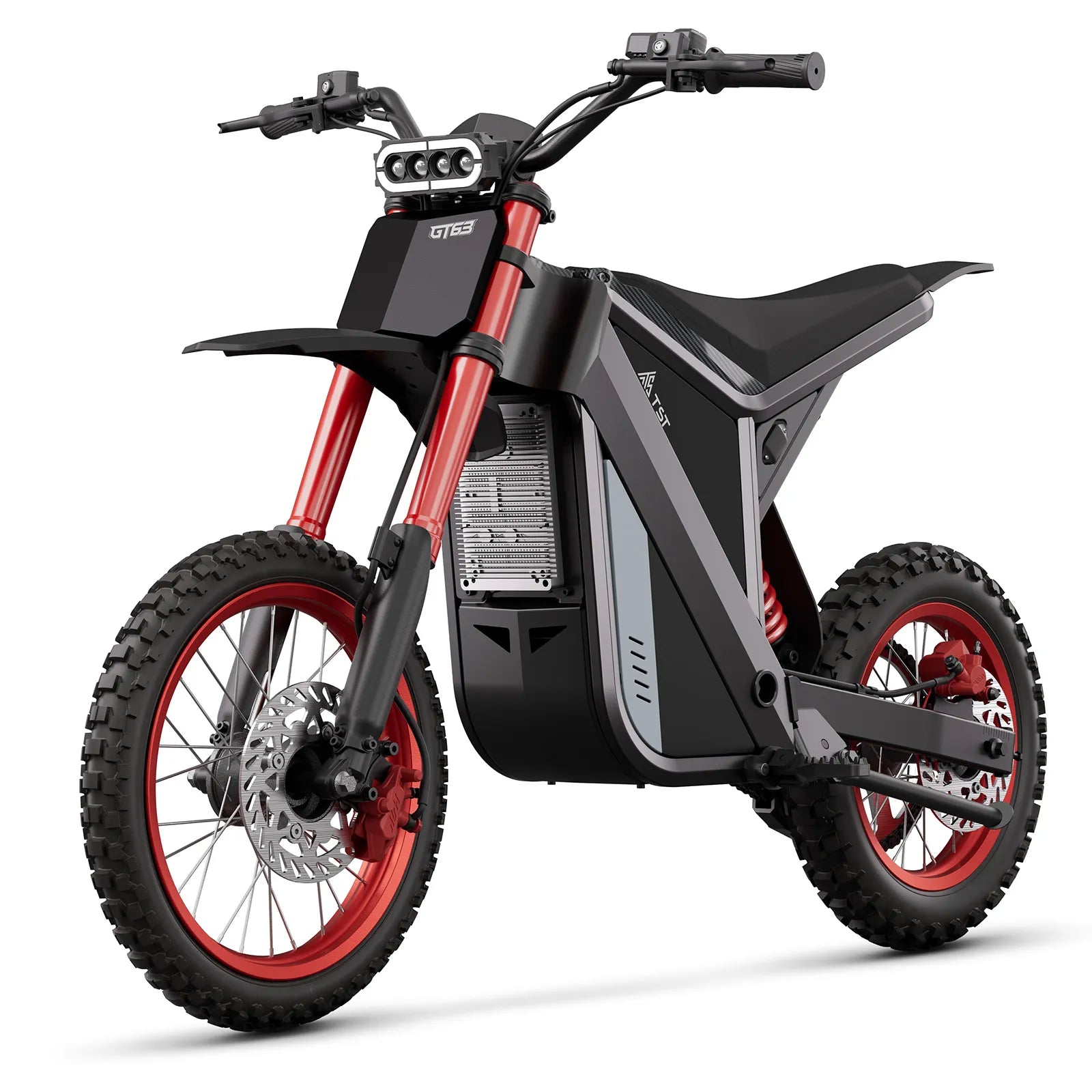
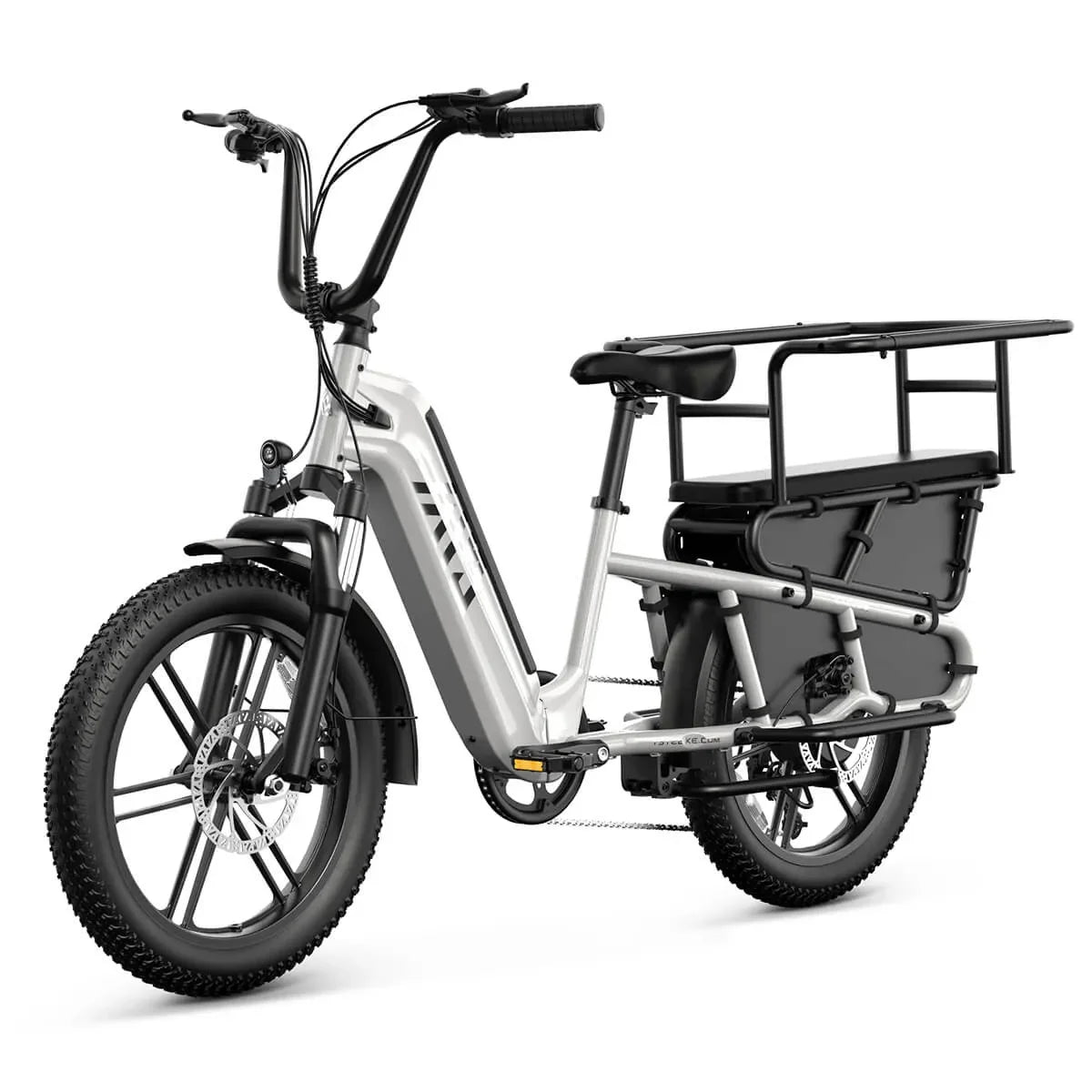
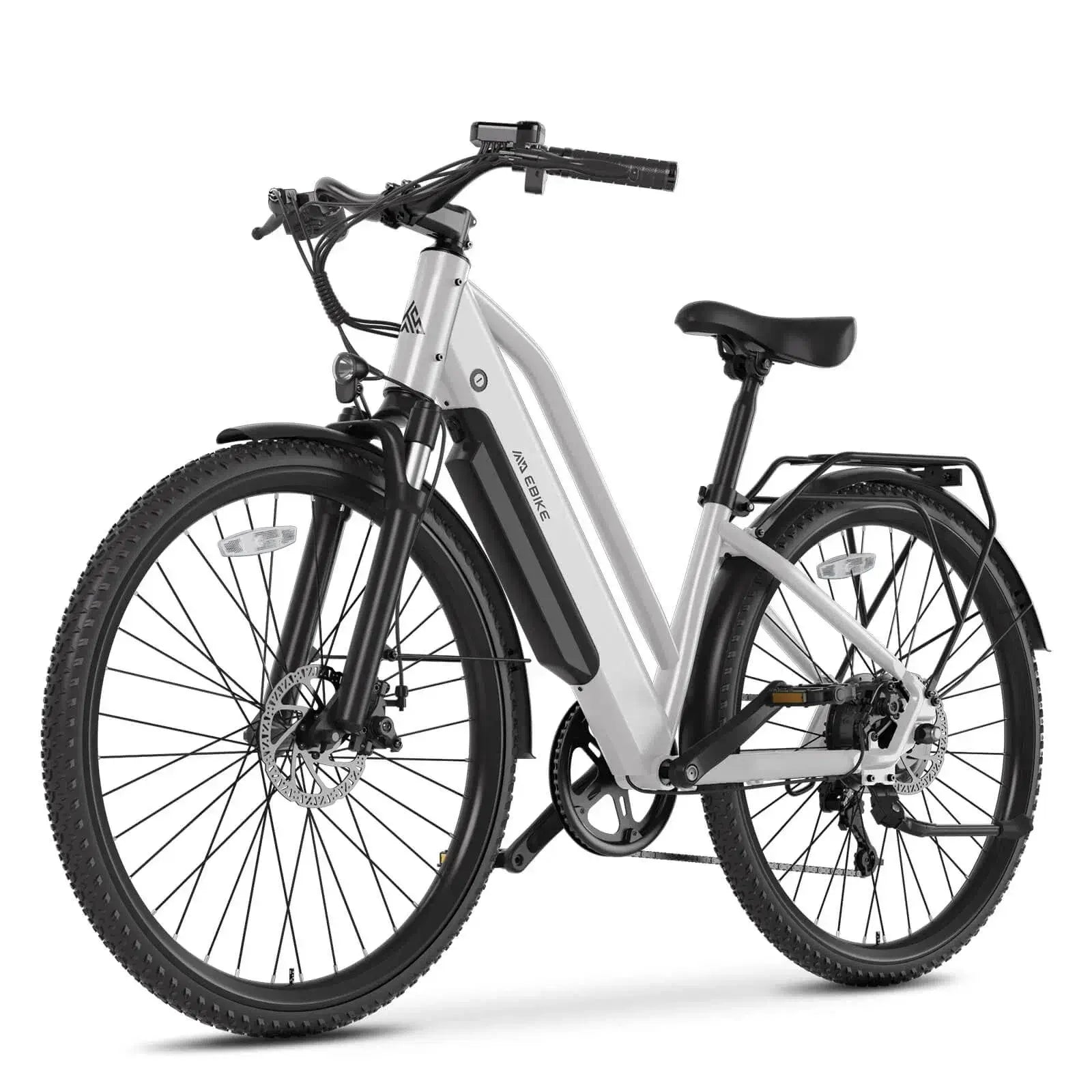
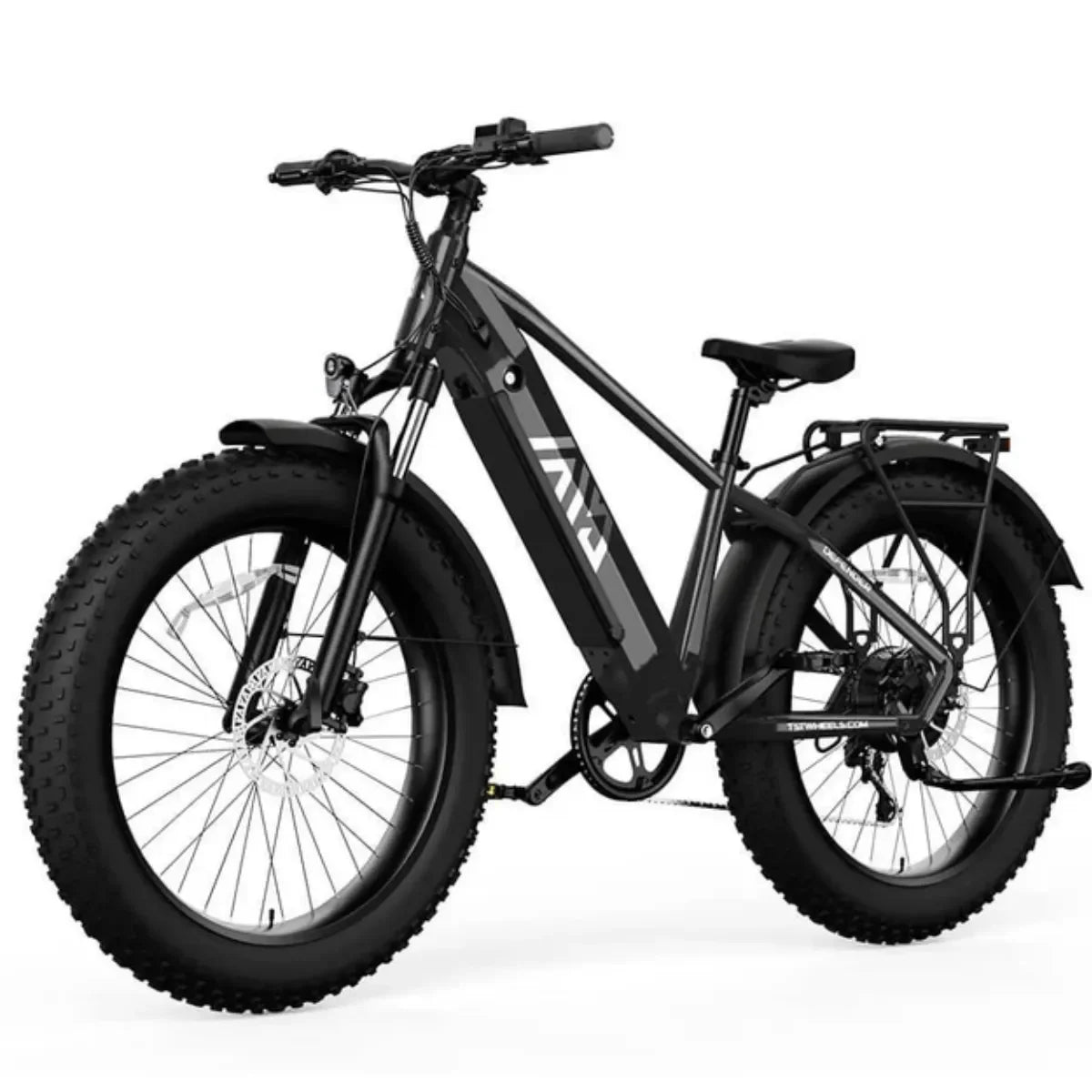
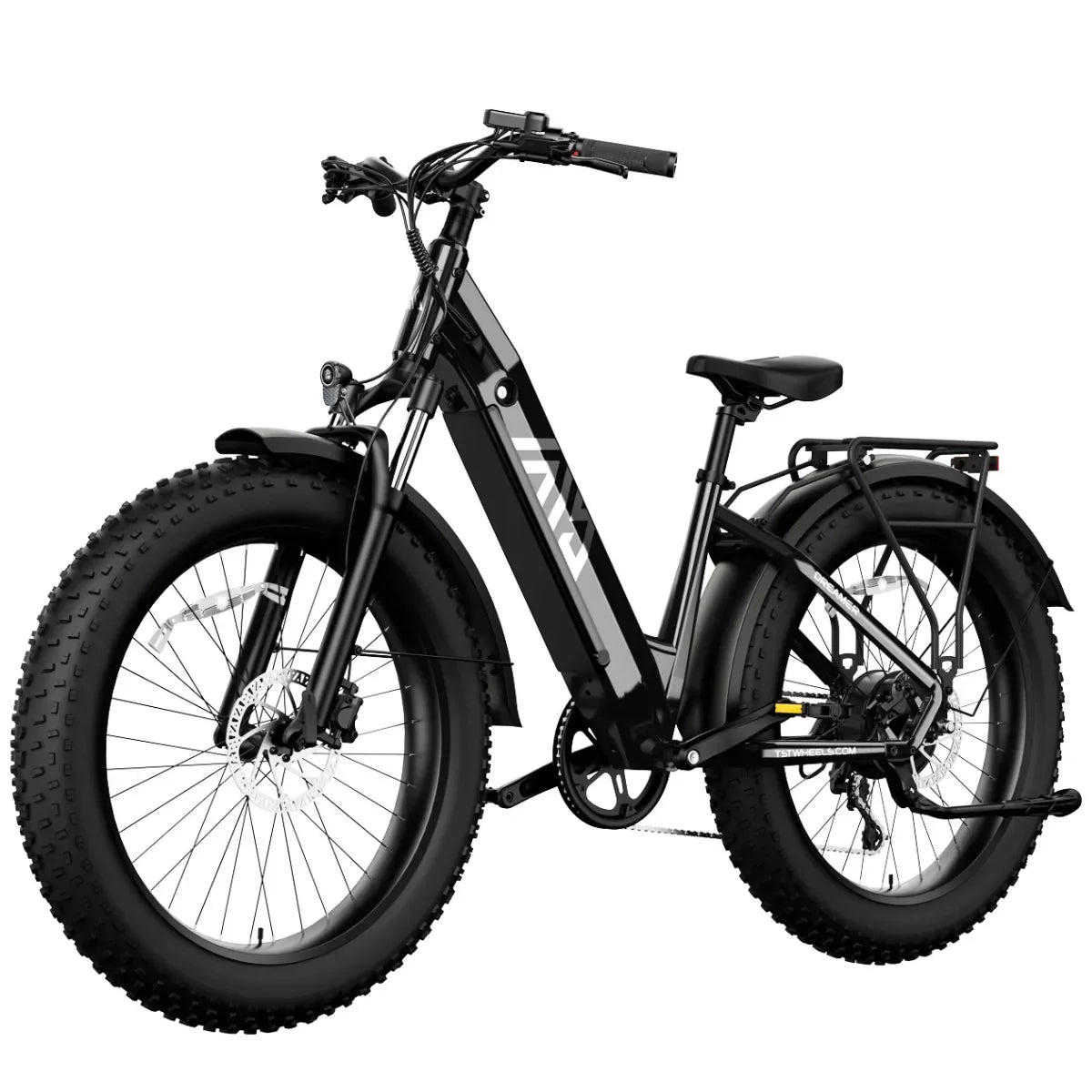

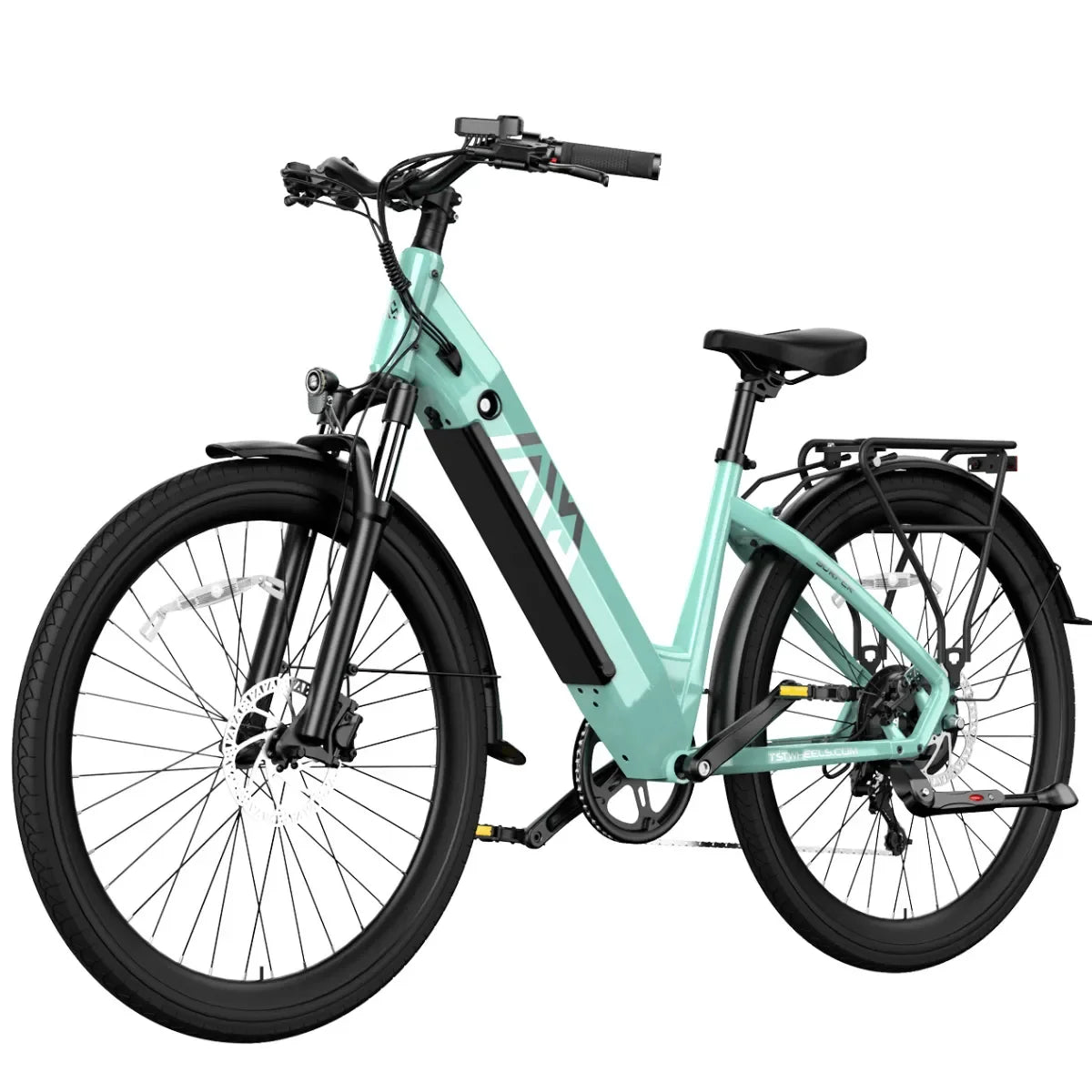
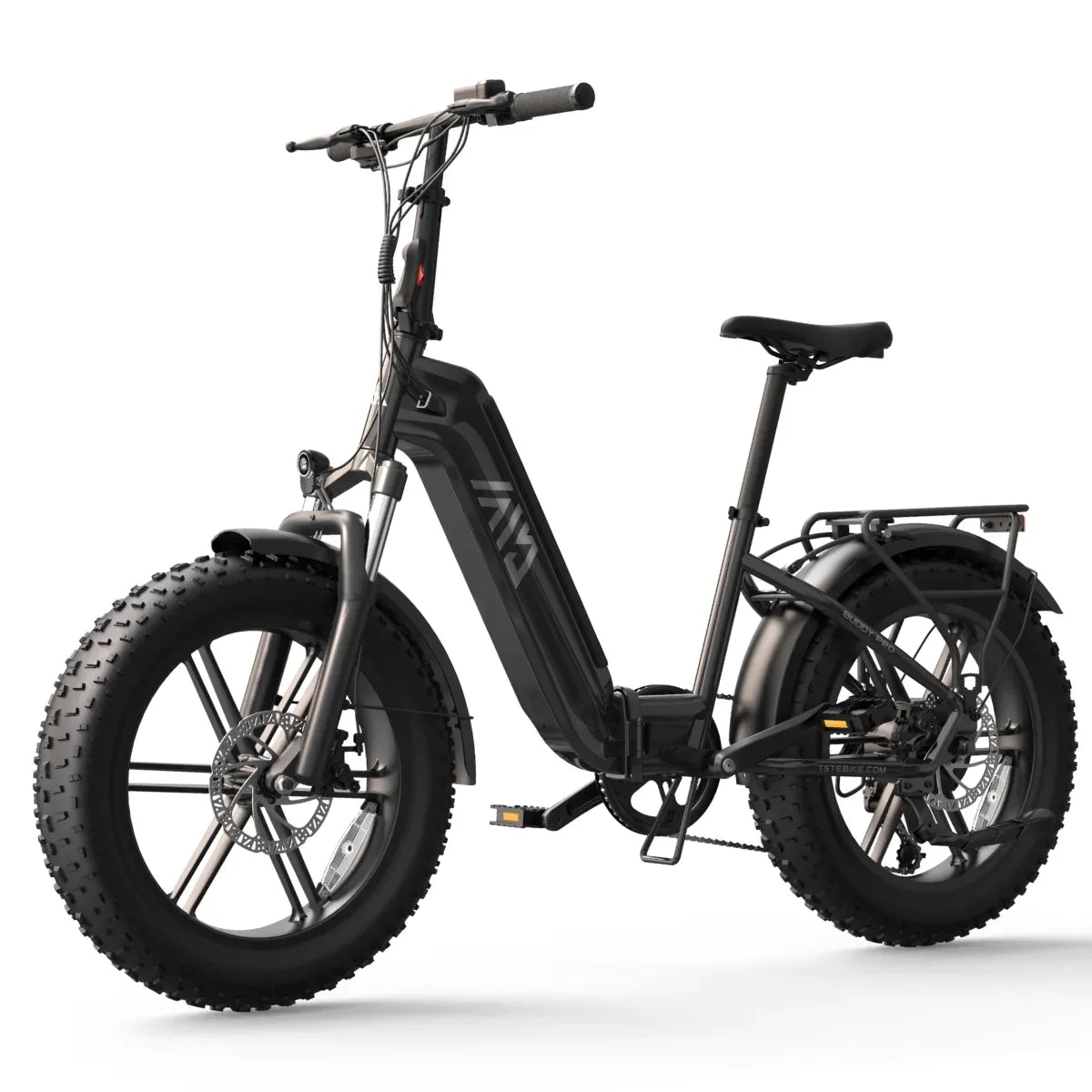
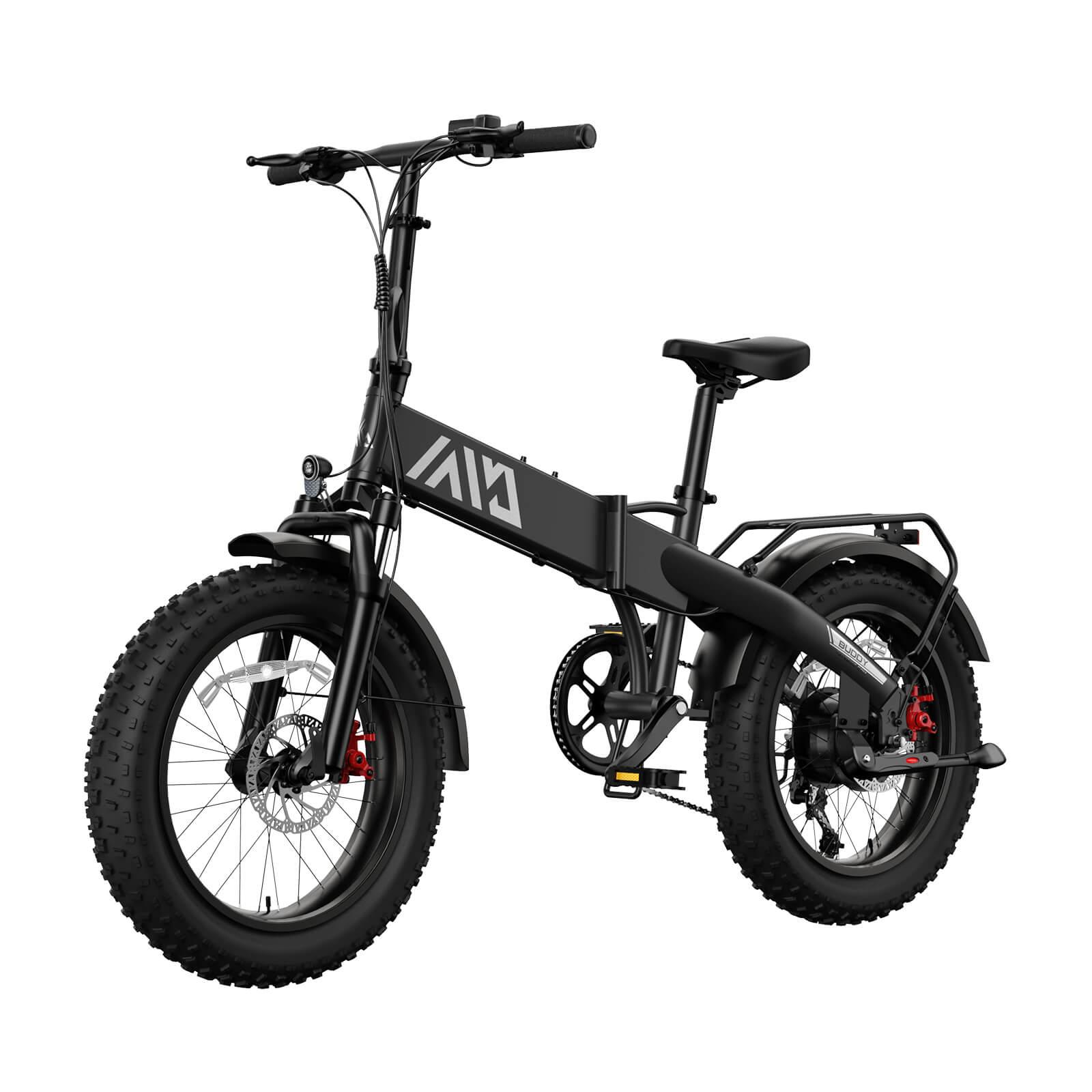
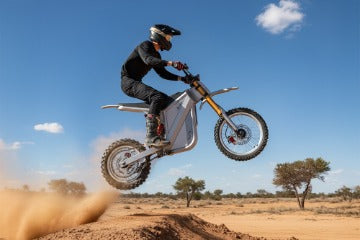
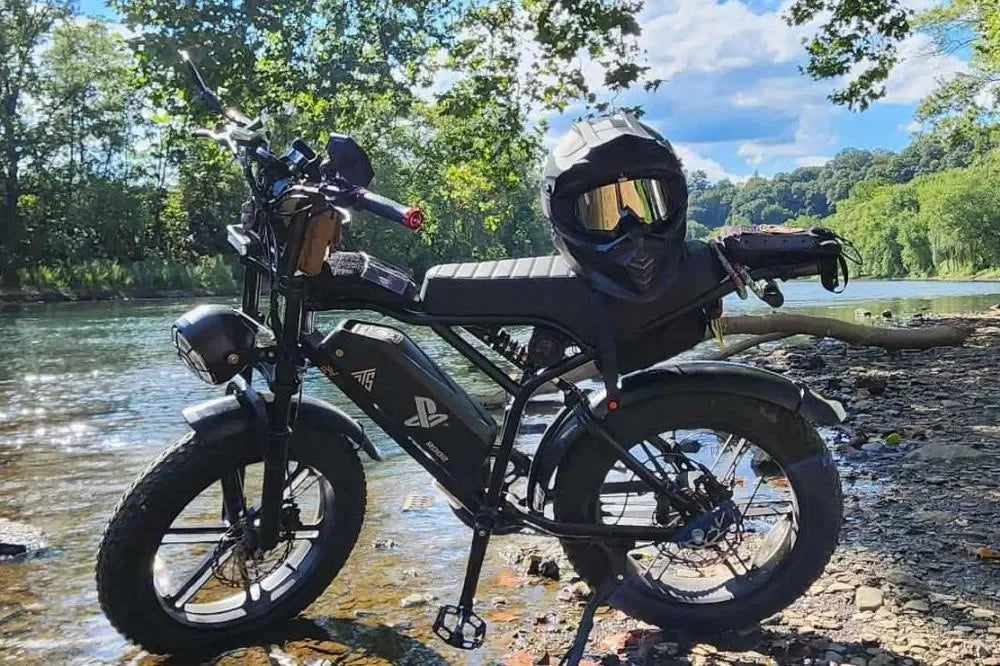
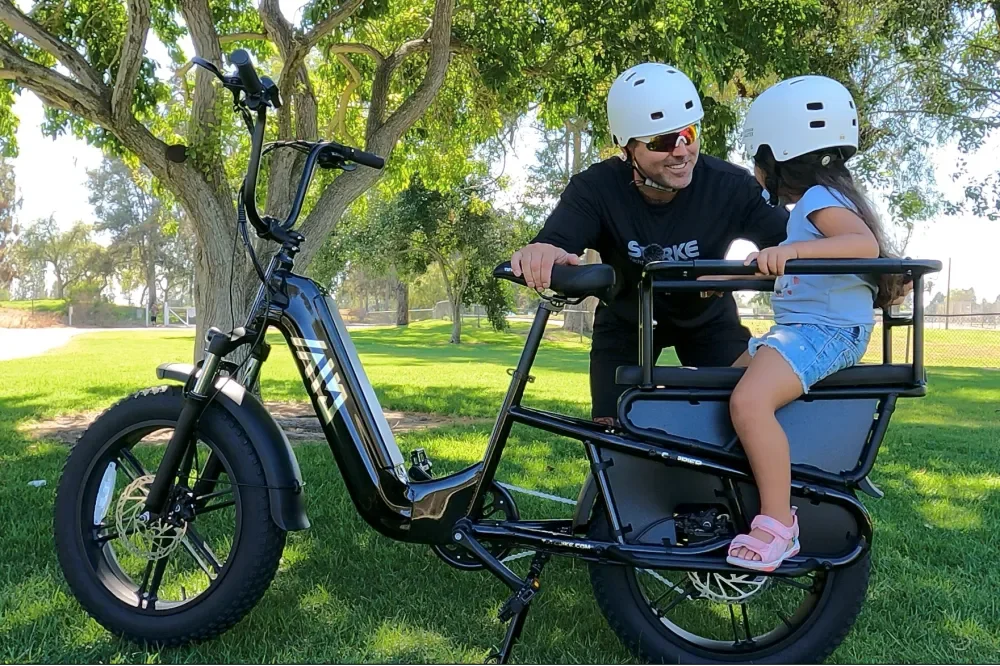
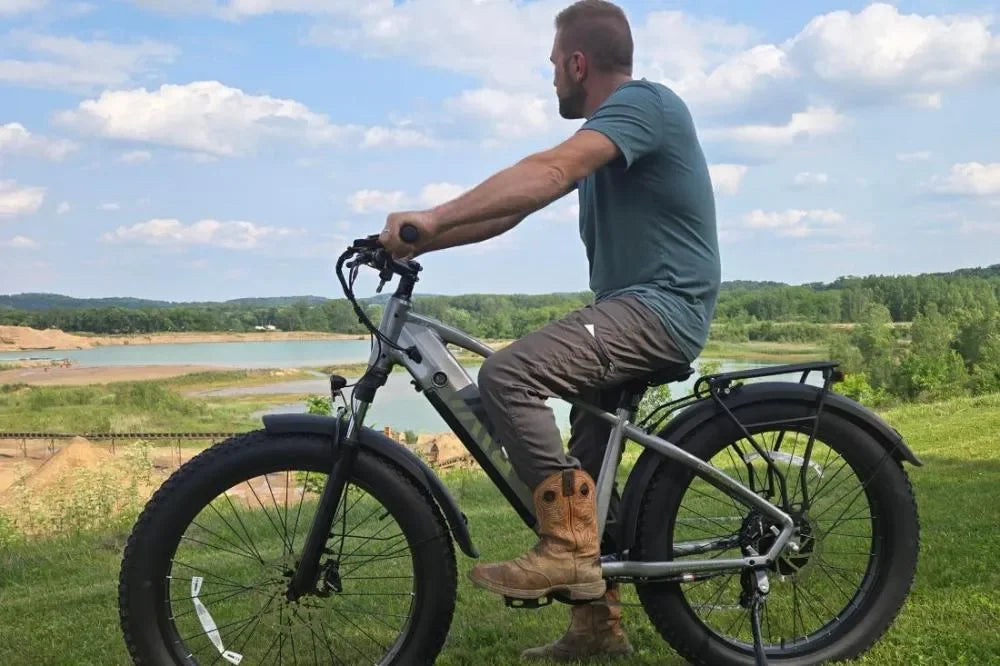
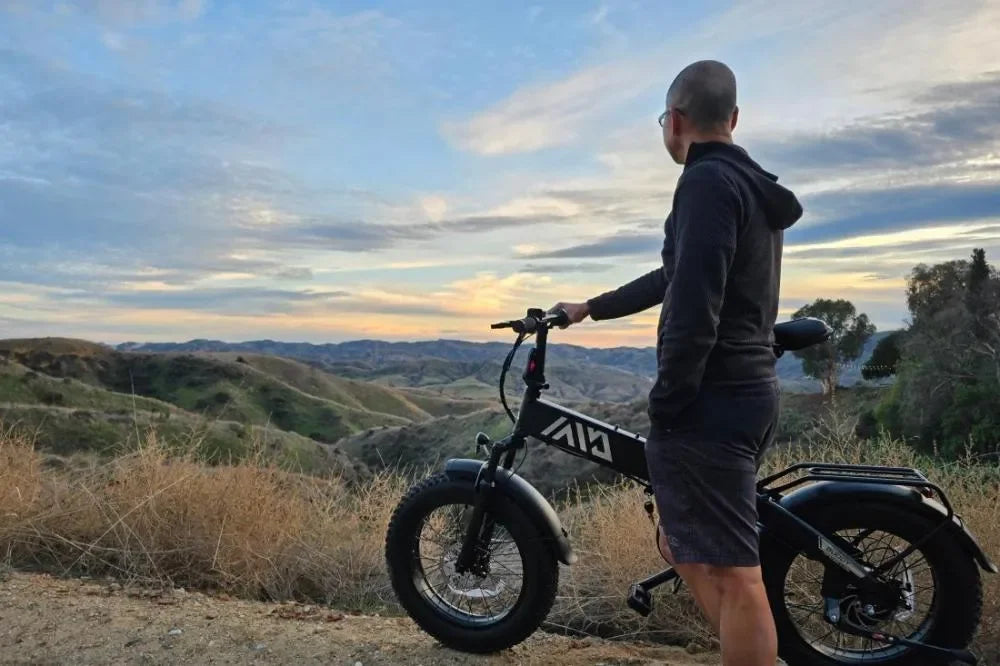
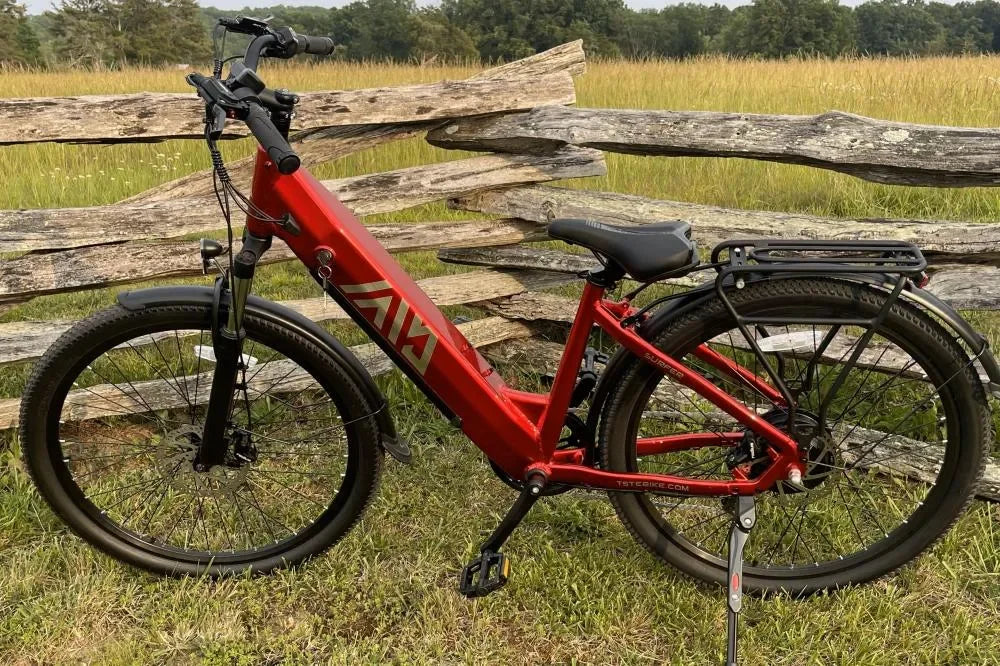
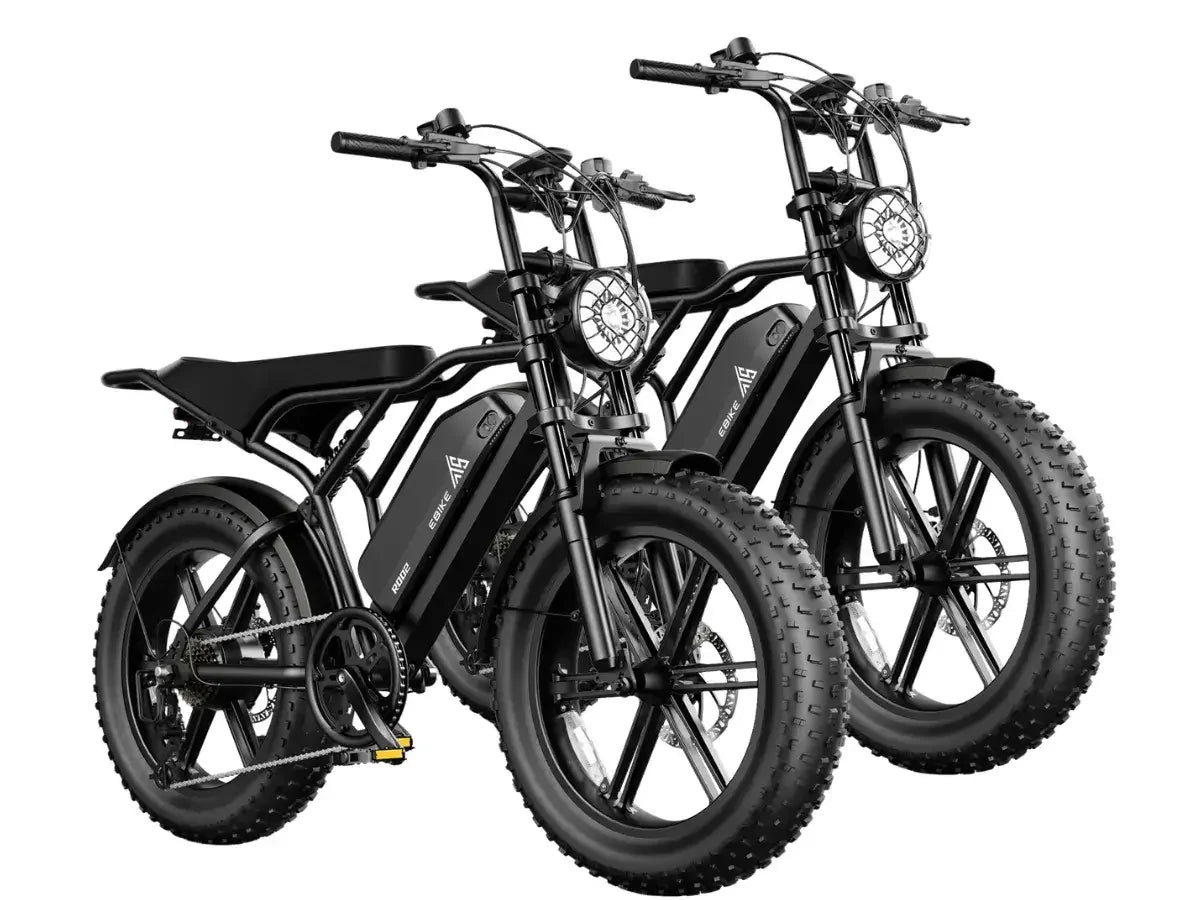
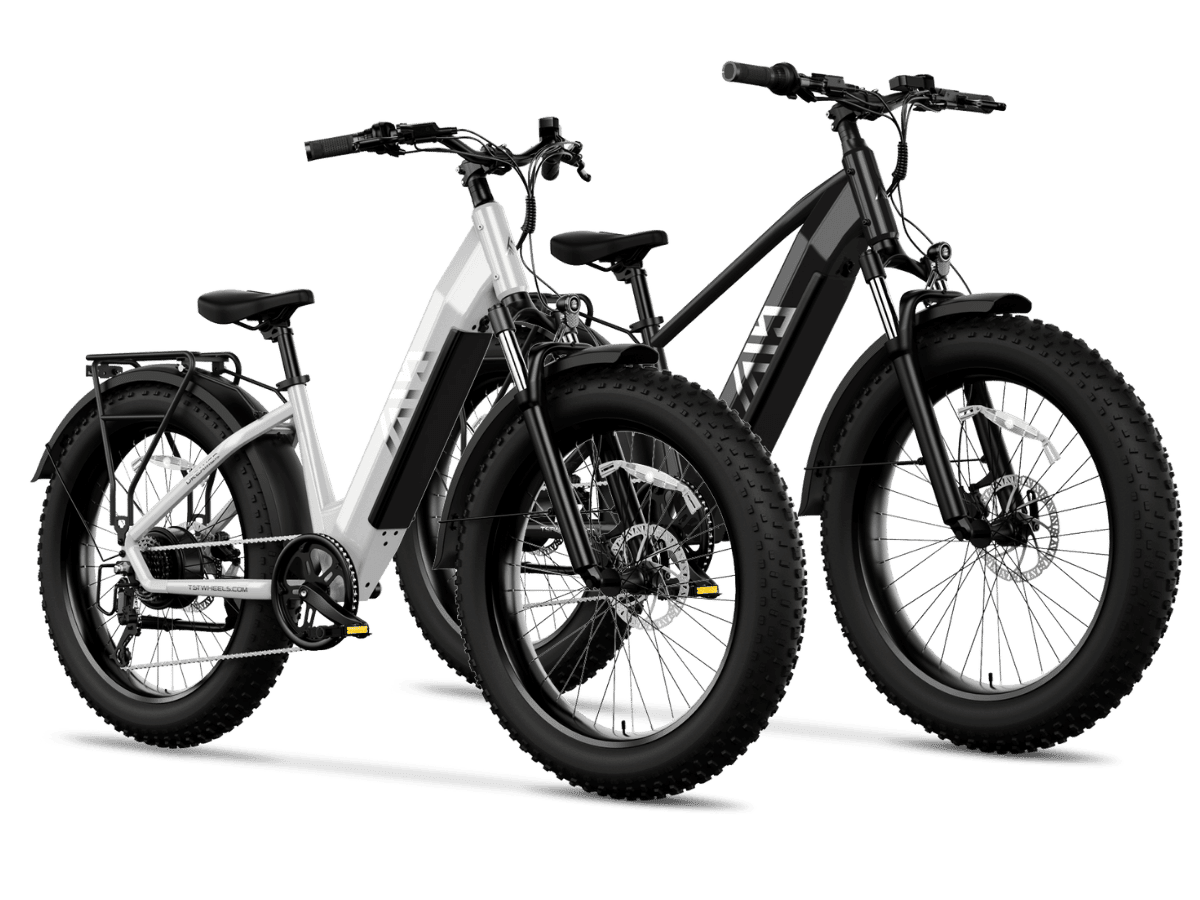
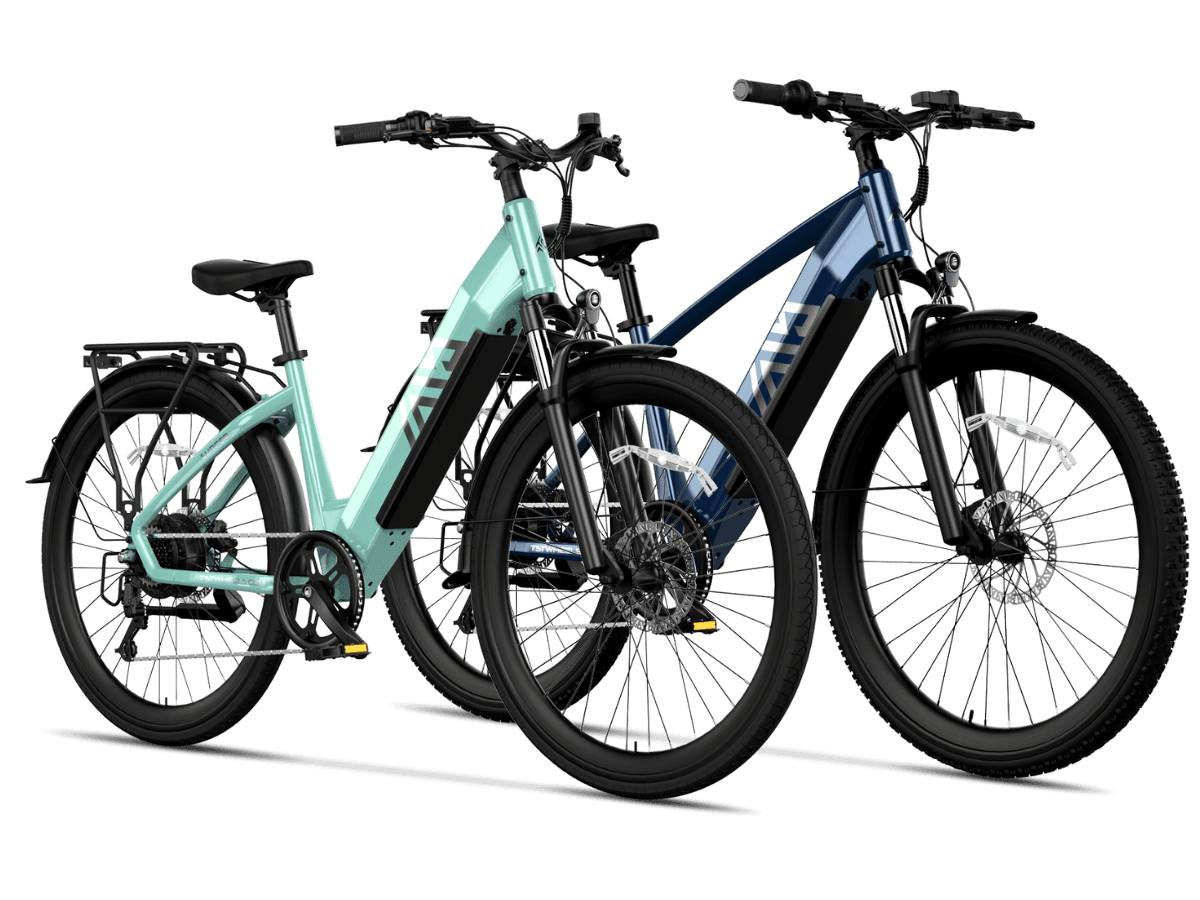
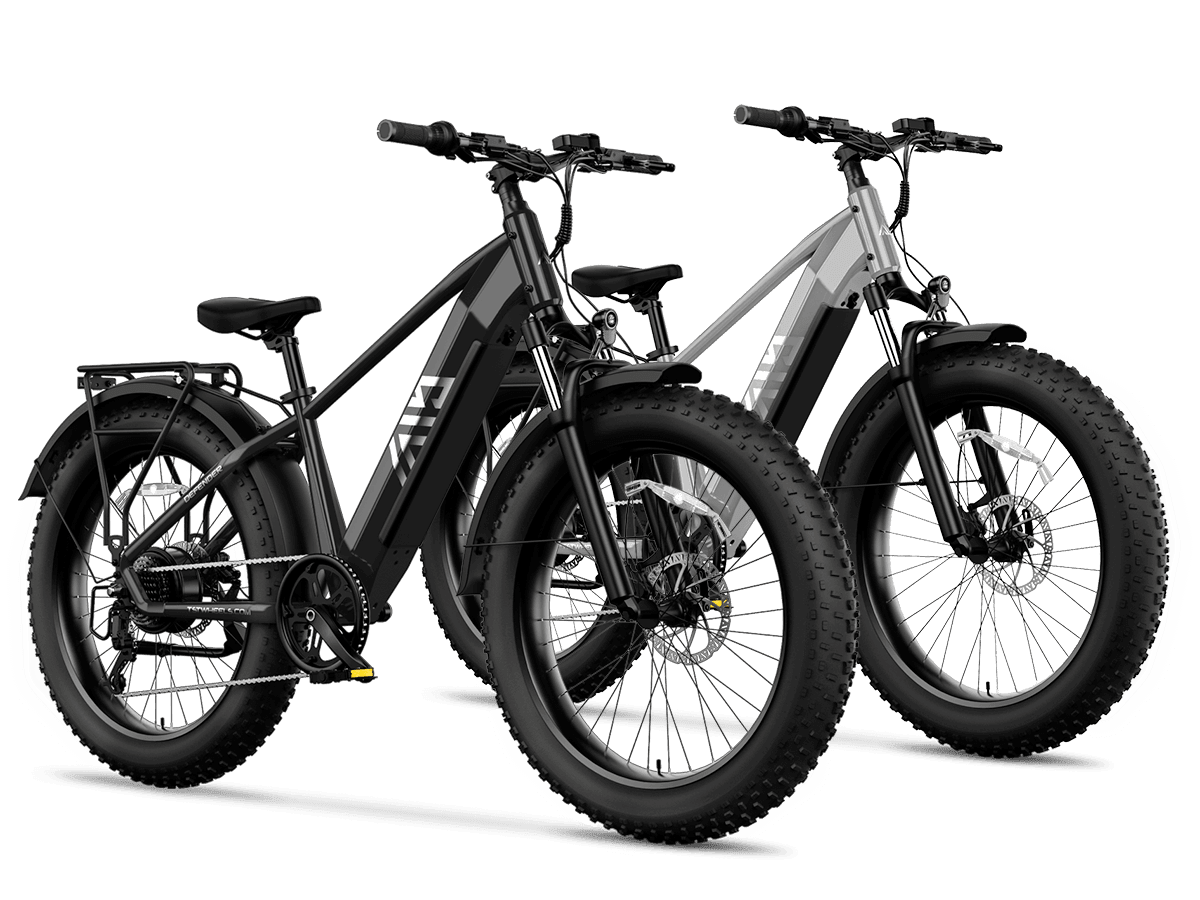
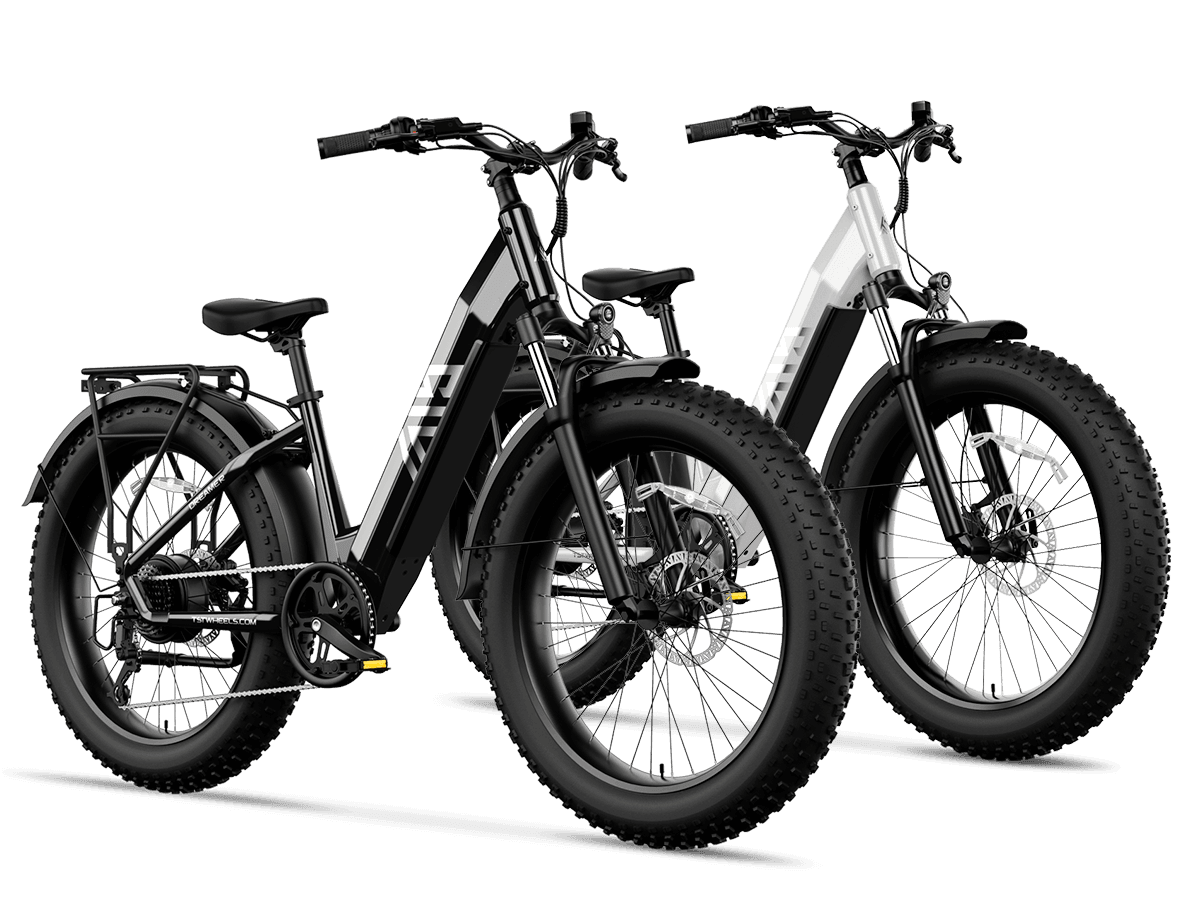
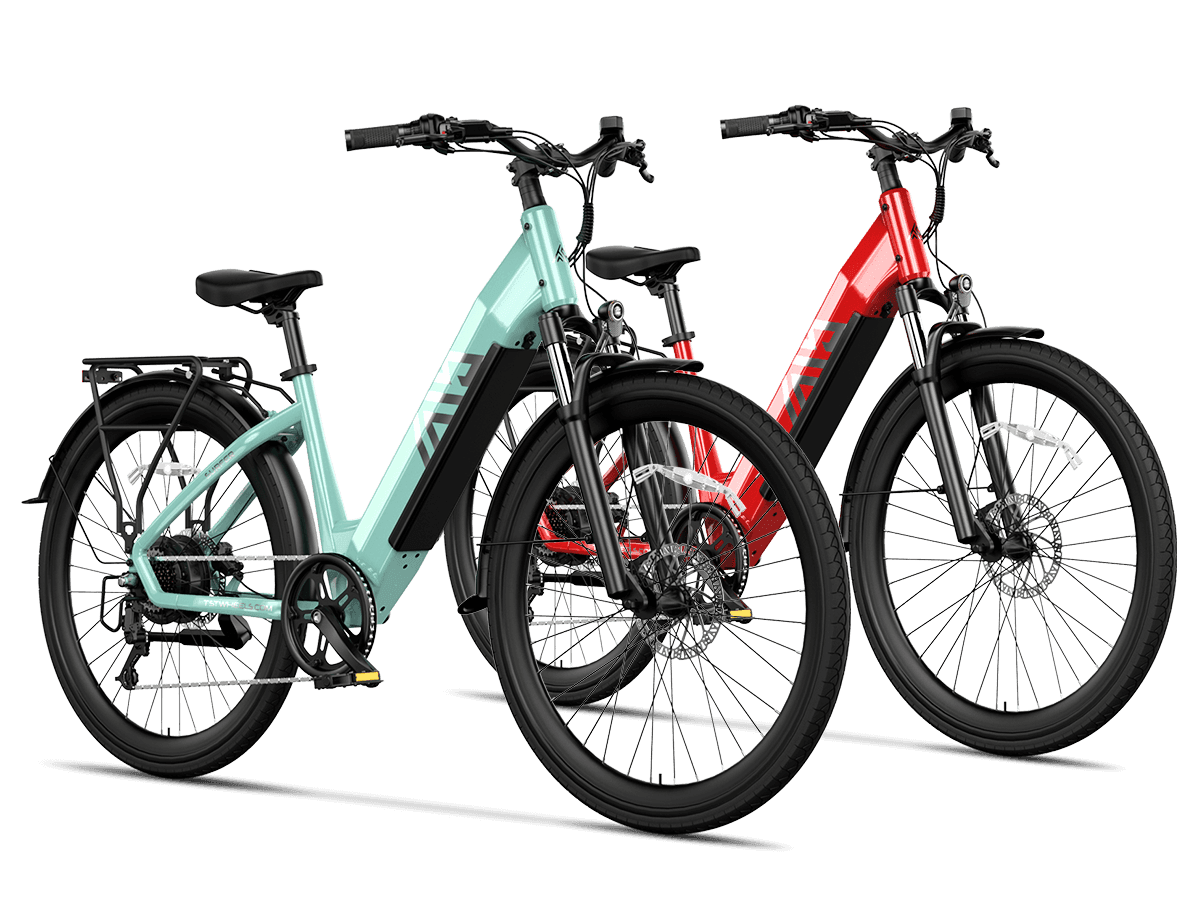
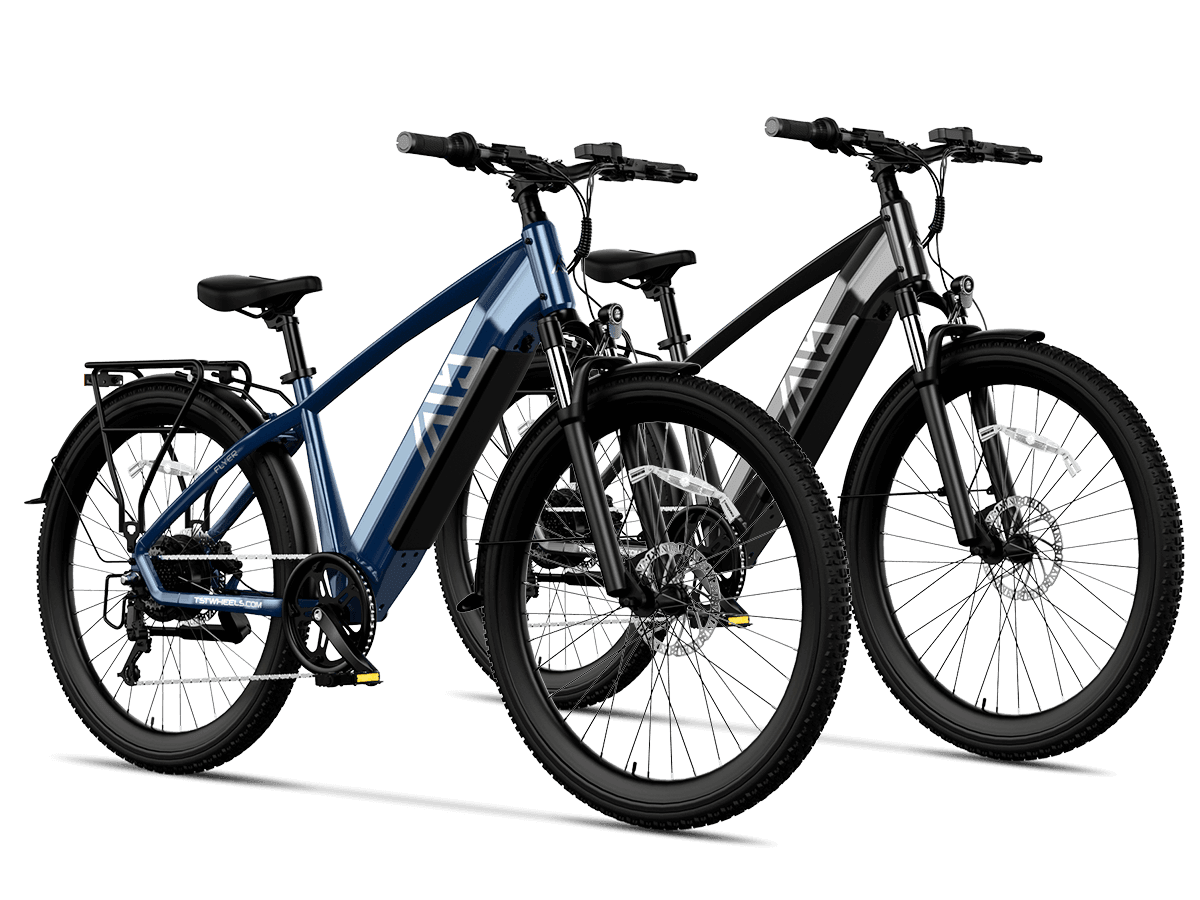
Leave a comment
All comments are moderated before being published.
This site is protected by hCaptcha and the hCaptcha Privacy Policy and Terms of Service apply.